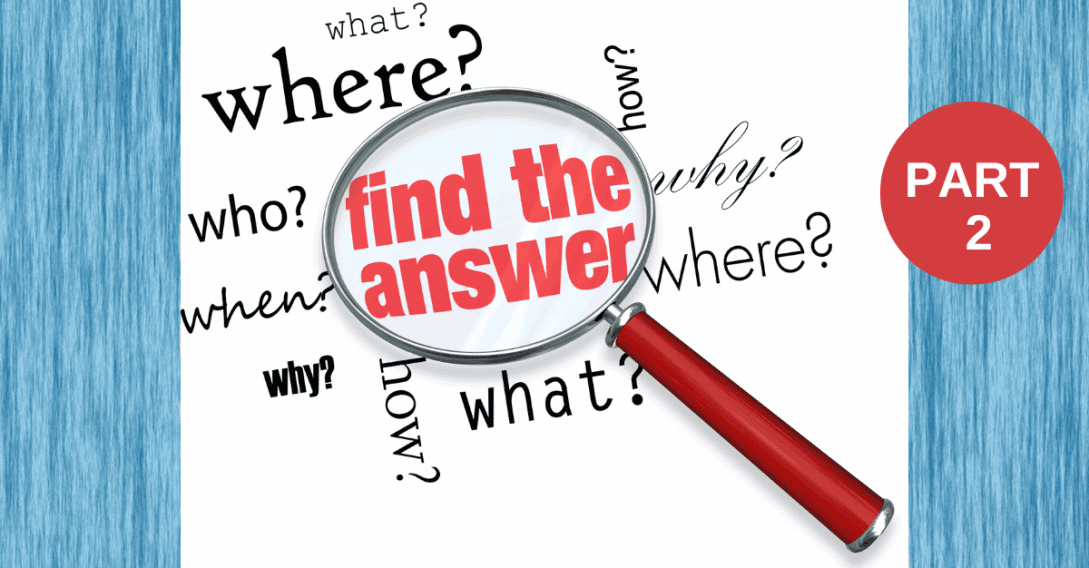Focusing on Tricky Tic Triggers: Part 2
Sheila Rogers DeMare
This is a continuation of our featured article Focusing on Tricky Tic Triggers: Part 1. At times, you may stumble upon a trigger (i.e., “I notice tics flare up when I go past the perfume section in a department store.”) that is obvious. Other times, a deeper search may be needed to provide valuable answers. These guidelines offer an important follow-up to identifying tricky triggers, with excerpts from Stop Your Tics by Learning What Triggers Them.
Level the playing field before beginning your search
There is no proven right or wrong approach to finding tic triggers. But, it can be helpful to put some basic conditions in place before you begin your search. Outlined here, these steps are relatively easy to accomplish and can be a practical starting point.
You may have a family history that sends you in a certain direction for your search, or your observations may have already provided clues that encourage you to use a particular approach. This is fine. Further, some people decide to “jump in with both feet” and initially explore every possibility they can think of that might be involved with symptoms. This all-at-once approach is often used by people dealing with serious tics who are anxious to find relief as soon as possible; they know that later they can try to determine which specific factors are the most relevant.
The following preliminary steps are recommended as a starting point because it is possible that one or more of these issues may be having a major impact on tics. If you do not address these in advance, you could end up trying a number of different time-consuming efforts, when these adjustments themselves might have helped.
In addition, if any of these are significant triggers in your case and exposures to them continue, it will be more difficult for you to tease out other potentially important influences.
Preliminary steps:
- Eliminate foods with caffeine, artificial flavors, colors, and preservatives. Read labels and try to be strict and consistent.
- Make a note of any foods that, based on previous observations, you suspect might be aggravating tics and begin to avoid them.
- Cut way back on sugary foods and do not consume artificial sweeteners like aspartame, acesulfame potassium, sucralose, neotame, advantame, or saccharin. These are found in products like Splenda, SweetNLow, diet drinks, sugar-free products, and even chewing gum.
- Replace chemically-scented products in the home like soap, body products, candles, air fresheners, dish and laundry detergents (often listed in the ingredients as perfume, parfum, or fragrance) with natural, unscented products.
- Create an allergy-free bedroom.
- Reduce/limit television viewing, video games, and screen time throughout the day.
- Eat organic when you can, and drink purified water.
After a couple of weeks with these efforts, document if you see tics reduce in frequency or severity. Once your hunt for triggers is well underway, continue with the above suggestions while you explore new areas.









